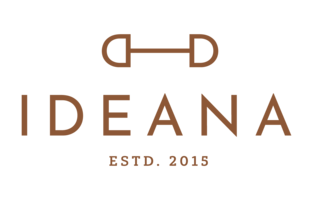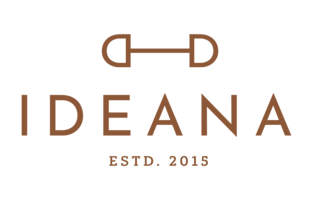Veterans in the equestrian field have varied opinions on the use of artificial aids. Some argue that these aids are essential for training and competition, allowing riders to communicate more effectively with their horses and encouraging them to perform at their best. For example, some riders use spurs to reinforce the leg aids, allowing the horse to better understand the rider's commands.
On the other hand, many veterans also believe that the use of artificial aids can be harmful to horses. Whips and spurs, when used excessively or inappropriately, can cause physical pain and injury to the horse. Tight nosebands, when used incorrectly, can also cause discomfort and breathing difficulties for the horse.
Horse welfare organizations have also expressed concerns about the use of artificial aids, calling for stricter regulations and restrictions on their use in competitions. The FEI, for example, has implemented rules regarding the use of whips and spurs, requiring that they be used in a humane and responsible manner.
It's clear that there are both pros and cons to the use of artificial aids in horse riding. While they can be useful tools for communication and training, they also have the potential to cause harm to horses if not used properly. As riders, it's important to be mindful of the welfare of our horses and to use these aids responsibly and ethically.
In conclusion, the use of artificial aids in horse riding is a controversial topic that sparks debate among equestrian professionals and the broader community. It's important to consider the welfare of the horse when using these aids and to use them responsibly and ethically.




